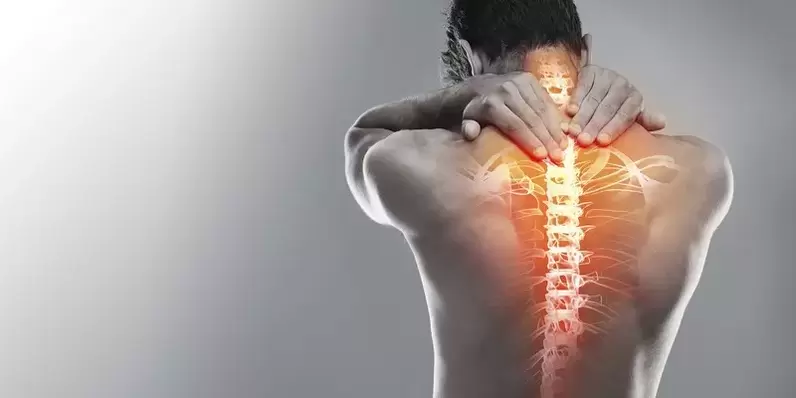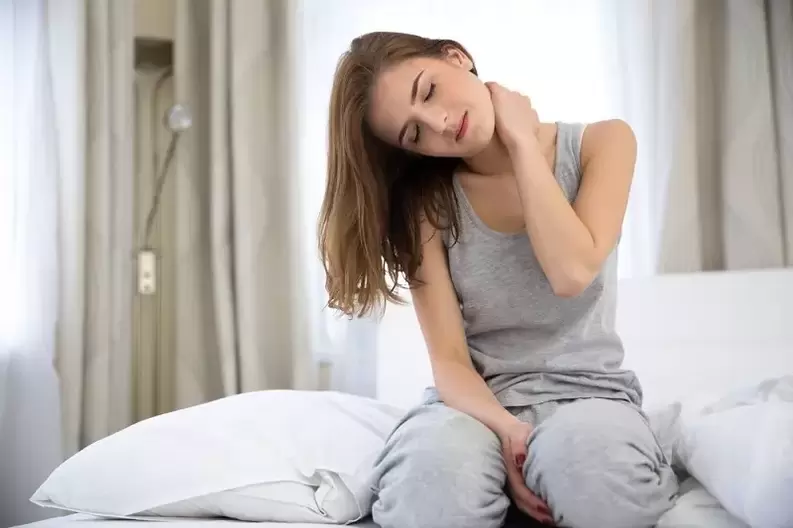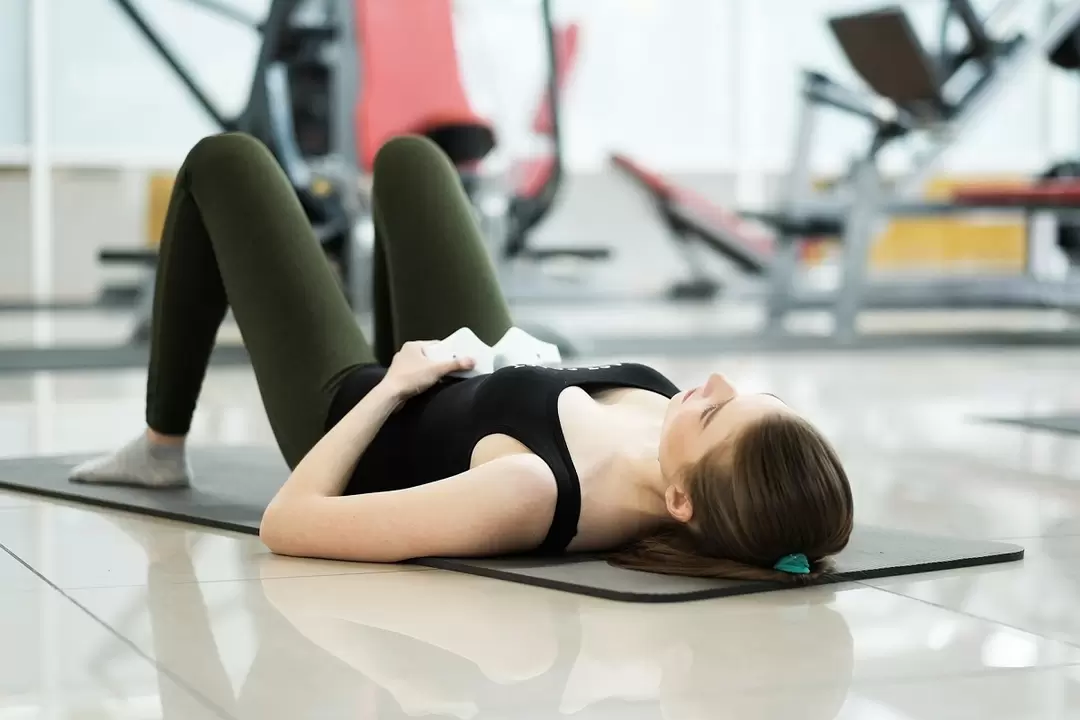Many people over the age of 35 (and some even earlier) suffer from persistent back and neck pain. In addition, the pain comes and goes, and intensifies after many hours of sitting. Almost always, the cause of these painful sensations is osteochondrosis.
Osteochondrosis is a negative (dystrophic) change in the joints (or rather articular cartilage) of the spine and intervertebral discs. Osteochondrosis occurs not only in the spine, but with this part of the body this problem is most acute.

Symptoms - what is the main one?
The main symptom of osteochondrosis is, as a rule, pain that comes and goes. In addition, pain sensations increase with static load, for example, with a long position of the head in a tilted state, the pain in the neck increases. With prolonged sitting, lower back pain appears. At the same time, gymnastics can provide some relief from the pain.
It is necessary to understand that a similar pain can occur with inflammation, but in this case it quickly passes. In case of injury, recovery takes place within 3 months. If you have had regular pain in the spine (neck, chest, lower back, sacral area) for a year or more, then you have a hernia in 99% of cases.
Osteochondrosis is a progressive disease, so if it is not treated in time, the pain will intensify. But the greatest risks are associated with the consequences of inaction in the treatment of the spine.
Pay attention to the following sensations to initiate immediate treatment:
- feeling of numbness;
- the appearance of goosebumps, tingling sensations;
- the appearance of neuralgia;
- reduced mobility.
Most of these signs are associated with compression of the neurovascular bundle. In this case, the compression can be localized in one place, and the pain and distorted sensations can be seen from a distance.

Reasons - why is it inevitable?
Osteochondrosis is, in simple terms, the wear and tear of the spine. Disorders of the spine are mainly caused by its upright position and prolonged tension of the paravertebral muscles, which are toned and relax only when stretched or under the therapeutic influence of specialized devices. It is enough to sit for more than 2 hours in front of a computer or in a car - this already leads to hypertonia of the intervertebral muscles of the lower back and neck. And after several years of sedentary life, hernias appear in the neck and lower back. That's why it's important to start helping your spine after 30! Before the spread of mass sedentary work, sturgeon disease worried people after 40 years. But now this disease is rejuvenating and begins to manifest itself from the age of 25.
That is, the main reason for the appearance of osteochondrosis of the spine is muscle spasm. And in the treatment should be, first of all, restorative work with the muscles.
How to treat? Efficient and inexpensive
Treatment of osteochondrosis of the spine at home can be divided into 3 stages:
- We relieve acute pain.
- We eliminate muscle spasms and activate recovery processes and blood circulation in the spine.
- We do general strengthening exercises - this allows you to tone muscles and consolidate the effect of therapy.
The easiest way to get relief from acute pain is to take medication. This is the most effective, but it should be remembered that this is not a solution to the problem, but the elimination of the symptom.
In the 2nd and 3rd stages, in order to eliminate the causes of osteochondrosis and prevent its development, an innovative technology that has gained popularity in Europe can be used at home. It is based on autogravity therapy. The therapy is based on the principle of safe action with your own weight on the therapy platforms of the devices. Developed by a team of scientists and doctors, the Cordus and Sacrus devices have an anatomical design, whose therapeutic protuberances are able to sink into the intervertebral muscles or deep ligaments and relieve their tension. No other technology to date can do this with such precision and security.
Execution of the procedure. To perform therapy, you need to pick up the device, lie down on a sports mat or mat, and place the device under the desired area of the spine. The duration of the study of a segment is on average about 3 minutes. During this time, the strained muscle or ligament relaxes under the action of the device. Due to the effect on the main cause of osteochondrosis - muscle spasms - this method is the safest and most effective.

There are 3 processes running at the same time:
- Proprioceptors are activated - sensors that signal the condition of the muscle to the brain. When exposed to it mechanically or by micro-currents for 3 minutes, the impulses are transmitted to the nerve center, which regulates muscle tone. Usually within 2 minutes the nerve center gets tired, and the tonic impulses of the nerve center stop, the muscle relaxes.
- Against the background of relaxation, muscle stretching occurs. This ensures the elimination of compression of the disc or intervertebral nerve and also restores the mobility of the vertebrae and joints.
- By eliminating disc compression and restoring mobility, in the presence of a herniation, it can tighten smoothly, and the displaced vertebrae gradually return to their original position.
Even if the pain is localized in one area, treatment should be done on all three parts of the spine. For example, pain in the lower back can come from spasms in the sacrum or neck and vice versa.
After unloading the spine, using the device according to the developed method, exercises are performed to stabilize the spine and strengthen the muscle corset, which ensures the consolidation of the results obtained.























